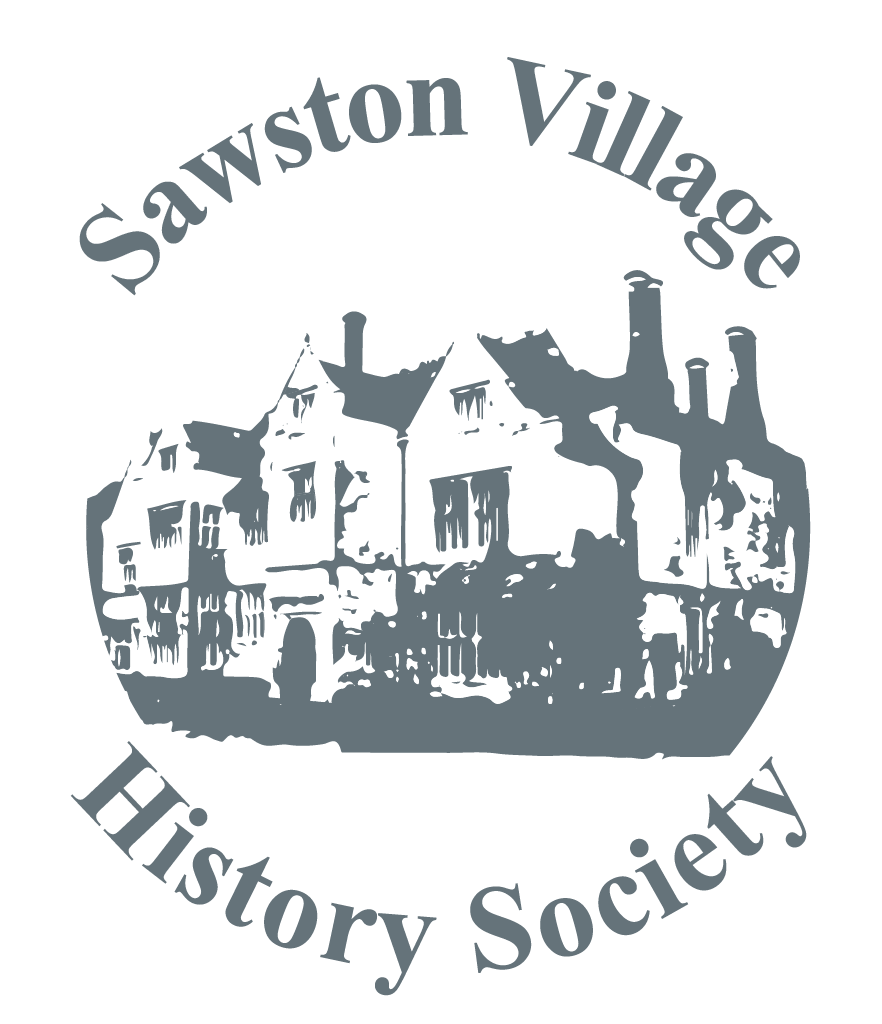
This fascinating subject was very eloquently presented by Elizabeth Stazicker, Head of Heritage for Cambridgeshire County Council from 1995 until 2006. She was commissioned by the High Sheriff of Cambridgeshire 2006-7, Jeremy Marshall, to write a book about the Cambridgeshire Sheriffs which was published in 2007.
The office of sheriff is the oldest continuously held office, other than the crown, in England. The word is derived from the Old German scirgerefa, later anglicised to shire –reeve thence sheriff. In the mid Saxon era the reeve was a high ranking official serving the king or local landowner to administer justice on their behalf and, of course, to collect taxes. In the later Saxon period, with the formation of the present counties or shires, the reeve was given the responsibility to be the king’s representative to administer justice within a shire. He later had the rather unenviable task of guarding both the interests of the lord and of the local community.
Cambridgeshire and Huntingdonshire in the early 10th century were combined as one shrievalty and continued to remain paired for more than 1000 years, apart from a brief divorce during the Civil War period. During this time there have been over 700 sheriffs who were usually appointed to serve for just one year. The sheriff’s position was ratified by the monarch who, if in agreement with the written nomination, pricked a hole in the name so reducing the possibility of forgery.
After the Norman Conquest the new occupiers went on a massive programme of castle building and many Norman sheriffs were appointed to ensure Norman rule prevailed and, of course, to collect taxes from the locals. Their task appeared to be made easier as they had “inherited” a very sophisticated feudal government system and, initially, a number of Saxon sheriffs who had survived Hastings retained their offices, just serving a different boss. In the newly built Cambridge Castle the Norman sheriff was Picot (who has been confused with Pirot, the first Norman lord of Sawston Hall, recorded in the Domesday book of 1086). Picot was intensely disliked and was graphically described, in the Liber Eliensis as “a starving lion, a deceitful fox, a muddy swine, an impudent dog, an insatiable monster”. Perhaps he was a role model for the Sheriff of Nottingham some 100 years later.
Of the 700 Cambridgeshire sheriffs Sawston provided eight, these being listed below,( taken from E Stazicker’s “Sheriffs of Cambs and Hunts”).
1389: Edmund de la Pole, of Boarstall Castle, Bucks and Sawston, kt
1417: Walter de la Pole of Sawston, kt
1479: Thomas Huntyngdon of Hempstead, Essex and Sawston
1485: John Huddleston of Sawston, kt
1524: John Huddleston of Sawston, esq
1548: John Huddleston of Sawston
1834: Richard Huddleston of Sawston
1933: Henry Gage Spicer, esq, Holmwood, Sawston.
Edmund de la Pole and his son Walter belonged to the very important de la Pole family, many of whom were involved in the Wars of the Roses and wars against the French. There was an unfortunate tendency for them to lose their heads.
Thomas Huntingdon owned Huntingdon Manor, one of his grandchildren John Huntingdon, founding the eponymous Charity.
John Huddleston, Sheriff in 1485 was the first Sawston Huddleston sheriff, followed by another John Huddleston in 1524 while Richard Huddleston in 1834, one of the last. John Huddleston who was sheriff in 1548 was the one who famously sheltered Mary Tudor in July 1553. This helped to ensure that she became Queen Mary two weeks later.
Henry Spicer, sheriff in 1933, was the owner of the Sawston Paper Mill during the last years of its prosperity.
The office of sheriff became increasingly unattractive to its holders as they had to bear the cost of all the ceremonial activities, entailing a lot of drinking and feasting, which was great for those who did not have to pick up the tab. This would account for the fact that most of the later sheriffs had quite posh sounding addresses and therefore able to afford holding this ancient office.
Such was the interest in the talk a number of people took the opportunity to buy one of Elizabeth Stazicker’s autographed books.
The Sawston Community Archive Group (SCAG) now has a strong nucleus of members drawn from the Society, but is also open to non-SVHS members. Our mission (as they now say) is to create a digital archive of anything relating to Sawston, under the auspices of the Cambridgeshire Community Archive Network (CCAN), web site: www.ccan.co.uk. We usually meet at the Sawston library (for times please contact Liz Dockerill on 835127) for on-line archiving sessions.
The June meeting, on Thursday 12th June, will be given by Alison Dickens who will be describing the archaeological excavations during the Grand Arcade development. It appears that the archaeological finds were a lot more exciting than what’s now on display above ground. As usual, this meeting will be at the Chapelfields Way Community Centre, starting 7.30pm.
Our archivist, Bryan Howe is at the Sawston Heritage Centre in the Sawston Parish Council Office, Link Road on Monday mornings. Bryan is very amenable to arranging an alternative time to view the archives, if necessary, just ring him on 833963 to arrange a mutually convenient time.